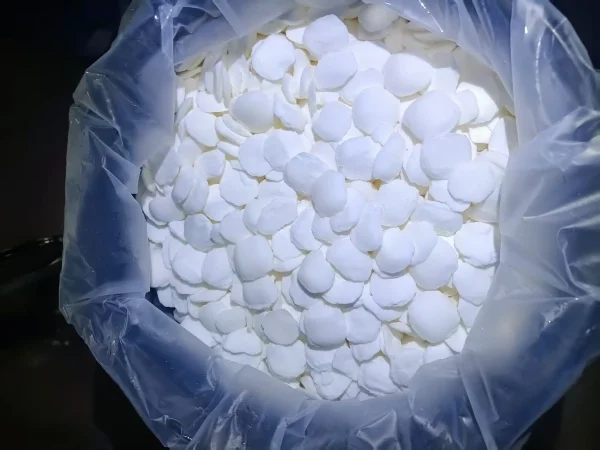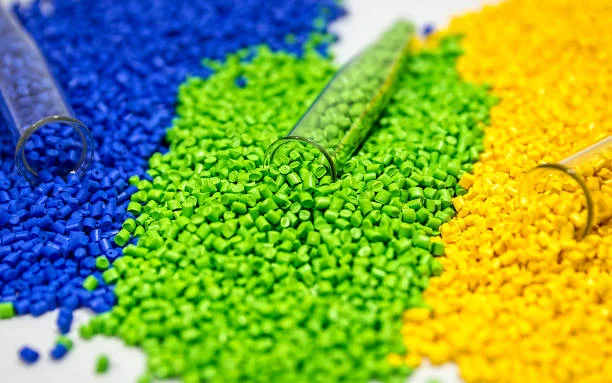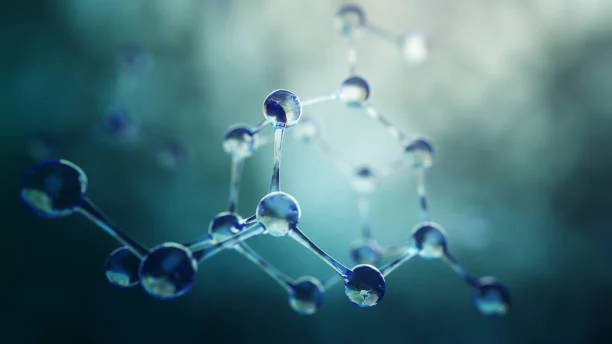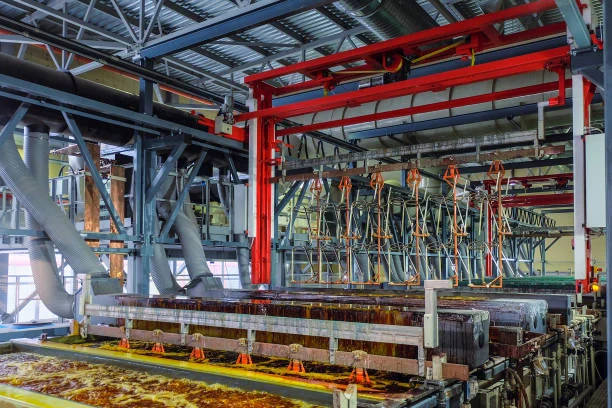
Sodium cyanide, despite its notorious reputation as a highly toxic substance, plays a significant and unique role in the pesticide manufacturing sector. Its chemical properties enable it to participate in the synthesis of a wide range of pesticides, which are crucial for protecting crops and ensuring food security.
Pesticides Synthesized with Sodium Cyanide
1.Well - known Pesticide Varieties
Glyphosate: As one of the most widely used herbicides globally, Glyphosate is effective in controlling a broad spectrum of weeds. Sodium cyanide is involved in certain steps of its synthesis process. In the production route, specific chemical reactions utilize the reactivity of Sodium Cyanide to build the molecular structure of glyphosate, which helps in interfering with the growth of plants by inhibiting an enzyme in the shikimate pathway.
Fenvalerate: This is a broad - spectrum and highly effective insecticide. The synthesis of fenvalerate often involves the use of sodium cyanide. For example, in one of the common synthesis methods, Sodium cyanide reacts with specific organic compounds. It participates in the formation of key intermediate compounds, such as reacting with α - isopropyl - p - chlorophenyl acetyl chloride and 3 - phenoxybenzaldehyde. Through a series of chemical reactions, the characteristic cyanide - containing functional groups are introduced into the molecular structure of fenvalerate, endowing it with strong insecticidal properties. It has a quick - acting effect and strong knockdown power, mainly acting through contact, and can effectively control various pests in cotton, tobacco, soybeans, corn, fruits, and vegetables.
Paraquat: Although its use has been restricted in many regions due to potential environmental and health risks, paraquat was once a widely used non - selective contact herbicide. Sodium cyanide was also an important raw material in its synthesis process. In the chemical reactions to produce paraquat, sodium cyanide's ability to participate in the formation of nitrogen - containing heterocyclic structures is utilized, which is essential for constructing the paraquat molecule with its unique herbicidal activity.
2.New - generation High - efficiency and Low - toxicity Pesticides
Cyantraniliprole: This is a new - generation insecticide with excellent performance. Sodium cyanide is involved in the multi - step synthesis of cyantraniliprole. It participates in reactions that form the core amide structure and the nitrile - containing functional groups in the molecule. These functional groups are crucial for the insecticide's mode of action, which targets specific receptors in insects, disrupting their physiological functions and ultimately leading to insect death. Cyantraniliprole has high insecticidal activity against a variety of pests while having relatively low toxicity to mammals and the environment.
Penoxsulam: As a highly effective herbicide, penoxsulam's synthesis also makes use of sodium cyanide. In the synthetic route, sodium cyanide is involved in reactions that build the complex molecular framework of penoxsulam. It participates in processes such as the introduction of nitrogen - containing substituents and the formation of key carbon - nitrogen bonds. Penoxsulam is effective in controlling a wide range of grassy and broad - leaved weeds in paddy fields and other agricultural areas, and its development with the help of sodium cyanide has contributed to more efficient and environmentally friendly weed control in modern agriculture.
Significance of Sodium Cyanide in Pesticide Production
1.Enhancing Pesticide Efficacy
The use of sodium cyanide in Pesticide Synthesis allows for the creation of molecules with specific chemical structures. These structures are designed to interact with pests in a targeted manner. For example, the cyanide - containing functional groups in pesticides like fenvalerate can enhance the compound's binding affinity to insect nerve receptors. This strong binding disrupts the normal nerve impulse transmission in insects, leading to paralysis and death more effectively compared to some other non - cyanide - based insecticides.
2.Meeting Agricultural Production Demands
With the continuous growth of the global population, the need for high - yield and high - quality agricultural products is increasing. Pesticides synthesized with sodium cyanide play a vital role in protecting crops from various pests and diseases. By effectively controlling pests, these pesticides help farmers to increase crop yields. For instance, glyphosate helps in clearing weeds that compete with crops for nutrients, water, and sunlight, thus enabling crops to grow better and produce higher yields.
3.Ensuring Food Safety
By preventing pest - related damage to crops, pesticides made with sodium cyanide contribute to food safety. Pests can carry diseases and contaminate crops, and if not controlled, the affected crops may be unsafe for consumption. Pesticides such as cyantraniliprole help in keeping fruits and vegetables free from pest - borne pathogens, ensuring that the produce reaches consumers in a safe and healthy state.
Safety Considerations in the Use of Sodium Cyanide in Pesticide Production
1.Strict Safety Protocols
Due to the extreme toxicity of sodium cyanide, the pesticide manufacturing industry has established strict safety protocols. Workers involved in the production processes where sodium cyanide is used must wear appropriate personal protective equipment, including gas - tight suits, respirators, and gloves. Production facilities are equipped with advanced ventilation systems to prevent the accumulation of any potentially leaked sodium cyanide vapors.
2.Environmental Protection
The industry also pays great attention to environmental protection. Wastewater and waste residues generated during the pesticide production process that may contain sodium cyanide or its reaction by - products are carefully treated. Specialized treatment methods, such as chemical oxidation and biological degradation, are used to break down and detoxify these substances before their release into the environment, minimizing the potential impact on soil, water, and air quality.
In conclusion, sodium cyanide, when used in a strictly controlled and regulated manner, has made significant contributions to the pesticide industry. It has enabled the development and production of a variety of pesticides that are essential for modern agricultural production, helping to balance the needs of pest control, yield improvement, and environmental and human health protection.
- Random Content
- Hot content
- Hot review content
- Sodium Isopropyl Xanthate 90% SIPX
- Sodium Amyl Xanthate (SAX) 90%, Mining chemical, mining flotation reagent
- Sodium Sulfide Industry Grade 60% 30ppm/150ppm Yellow/ Red Flakes Na2s
- Acetone
- Sodiumsulfite Technical Grade 96%-98%
- Potassium borohydride
- Featured Poducts Sodium Cyanide
- 1Discounted Sodium Cyanide (CAS: 143-33-9) for Mining - High Quality & Competitive Pricing
- 2Sodium Cyanide 98% CAS 143-33-9 gold dressing agent Essential for Mining and Chemical Industries
- 3Sodium Cyanide 98%+ CAS 143-33-9
- 4China's New Regulations on Sodium Cyanide Exports and Guidance for International Buyers
- 5Anhydrous Oxalic acid 99.6% Industrial Grade
- 6Oxalic acid for mining 99.6%
- 7Reagent Grade/Industrial Grade Hydrochloric Acid min.31%
- 1Sodium Cyanide 98% CAS 143-33-9 gold dressing agent Essential for Mining and Chemical Industries
- 2High Quality 99% Purity of Cyanuric chloride ISO 9001:2005 REACH Verified Producer
- 3 High-Quality Sodium Cyanide for Leaching
- 4Powdery emulsion explosive
- 5Industry Grade Electron grade 98% Sulfuric Acid H2SO4 Sulphuric Acid Battery Acid Industrial Sulfuric Acid
- 6Colloidal emulsion explosive
- 7sodium hydrosulfide 70% flakes used Mining Industry












Online message consultation
Add comment: